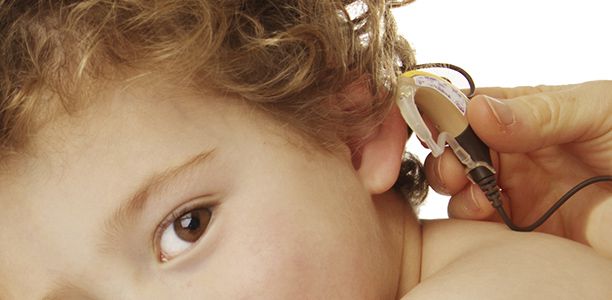Hearing-impaired children fitted with a second cochlear implant (CI) early in life, have significantly better outcomes in aspects of their communication and learning.
A five-year research study from the University of Melbourne shows that bilateral cochlear implantation resulted in improved language, social development, and academic outcomes for children.
Lead researcher, Dr Julia Sarant from the Department of Audiology and Speech Pathology said there are improved learning outcomes as well as, community cost benefits and greatly improved quality of life for hearing-impaired children.
“Children in this study with bilateral CIs developed vocabulary and spoken language significantly faster than children with only one CI. This has enormous implications for their long-term future,” she said.
Severe-profound congenital hearing loss is a significant cost to society. In 2005, specialised education cost on average $25,000 per child, loss of productivity cost $6.7 billion, and social security benefits were paid to approximately 129,000 individuals who were unemployed due to hearing loss.
The study was conducted across Victoria, NSW, Qld, SA, and New Zealand, involving cochlear implant clinics and early intervention centres with over 160 children.
Recently, the NZ Health Department recommended a change of the current federal funding policy in favour of having all hearing-impaired children under the age of six years fitted with bilateral implants.
“I was asked to consult with policy makers in NZ and I am pleased they have noted these findings and made the appropriate changes,” said Dr Sarant.
(Source: The University of Melbourne)











